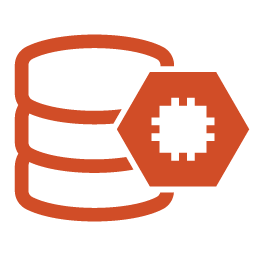Announcing alluxio 2.0
Alluxio 2.0 adds major capabilities to simplify and accelerate multi-cloud, data analytics and AI workloads. It is Alluxio’s largest open source release with the most new features and improvements since the creation of the project.
Dive into all of the Alluxio 2.0 features

data orchestration for multi-cloud

support for hyper-scale data workloads

Better Storage Abstraction for Completely Independent and elastic compute

Compute Optimized Data Access for Cloud Analytics

Amazon aWS support



